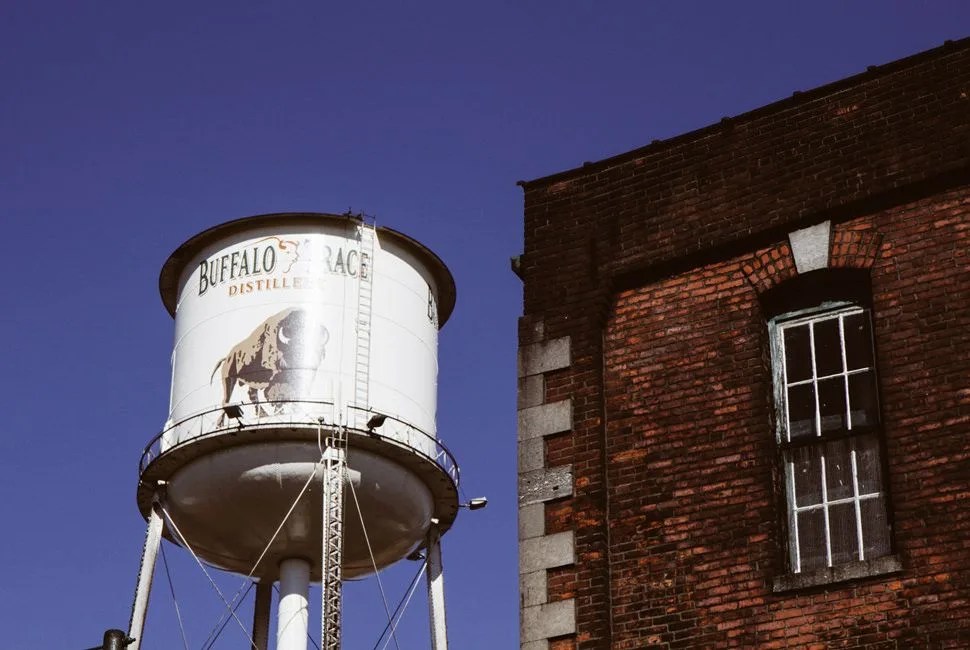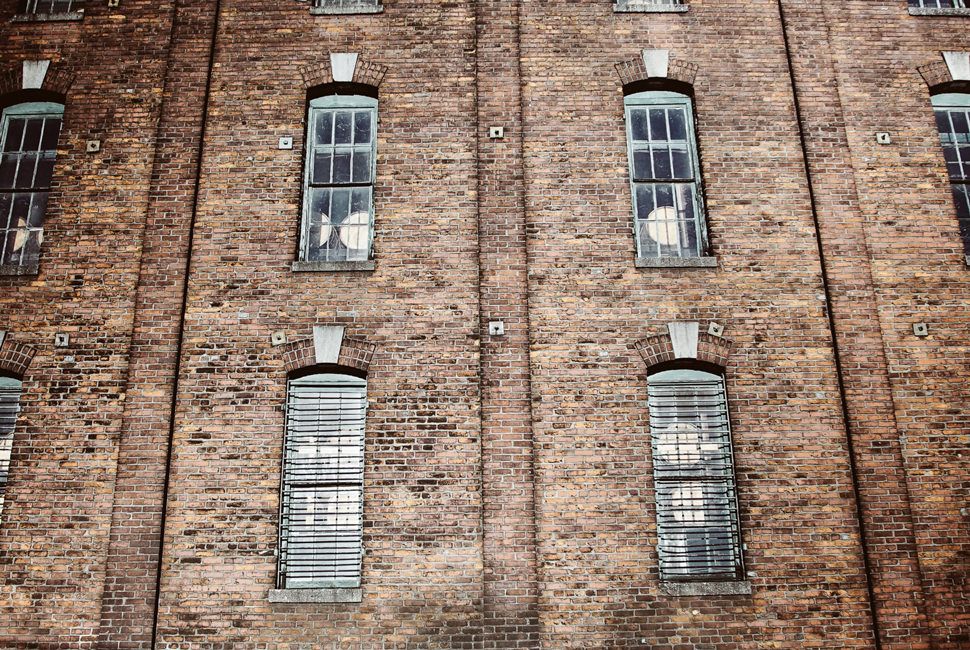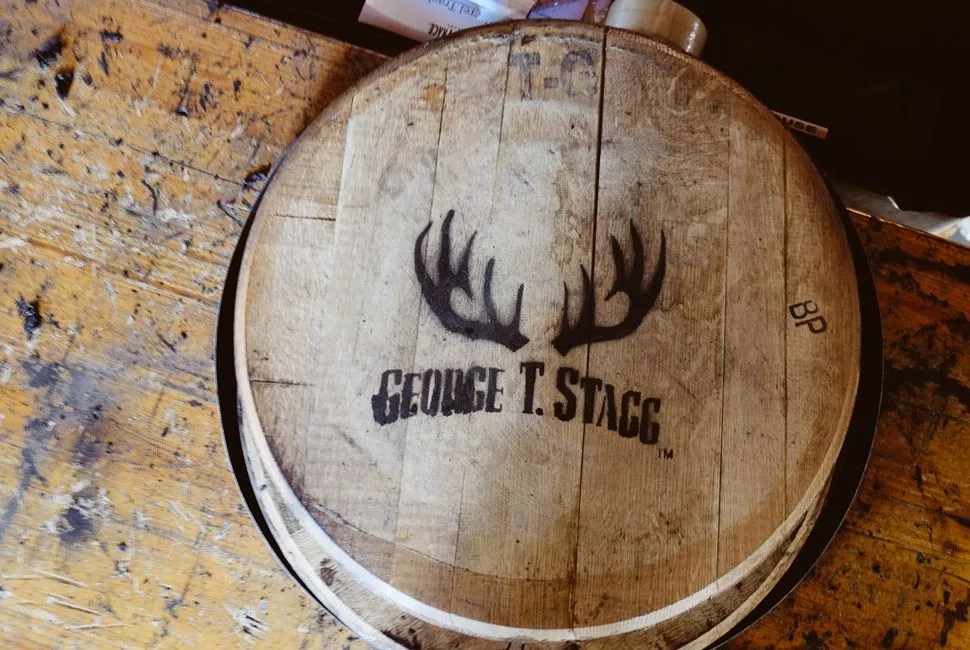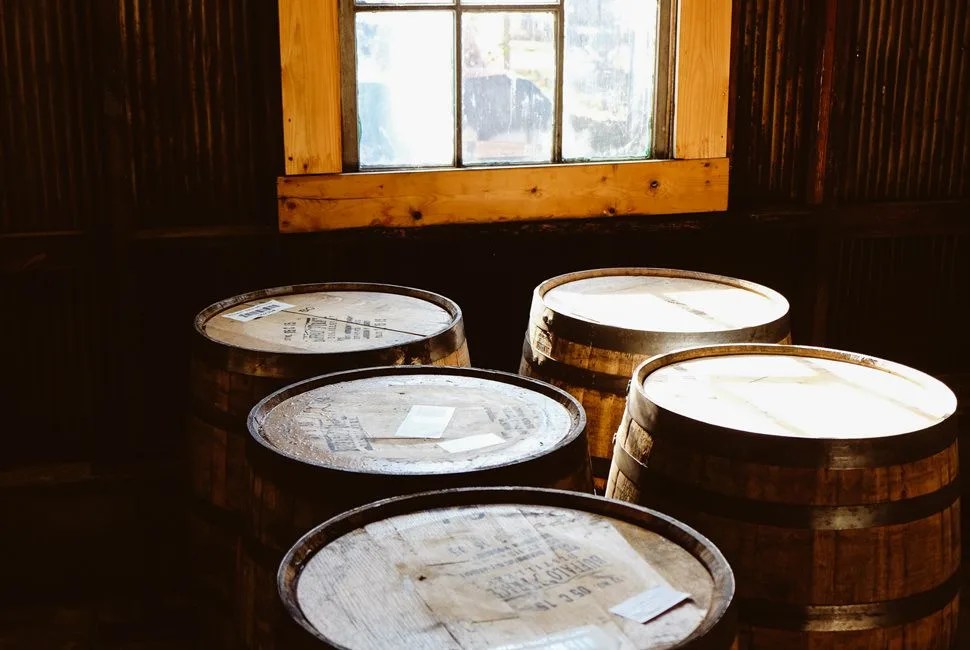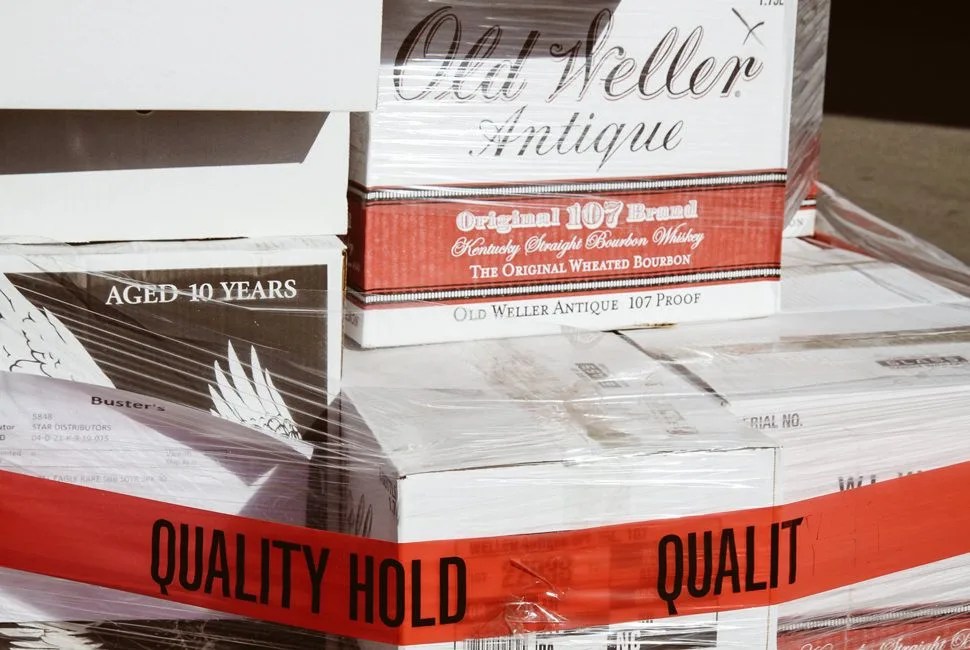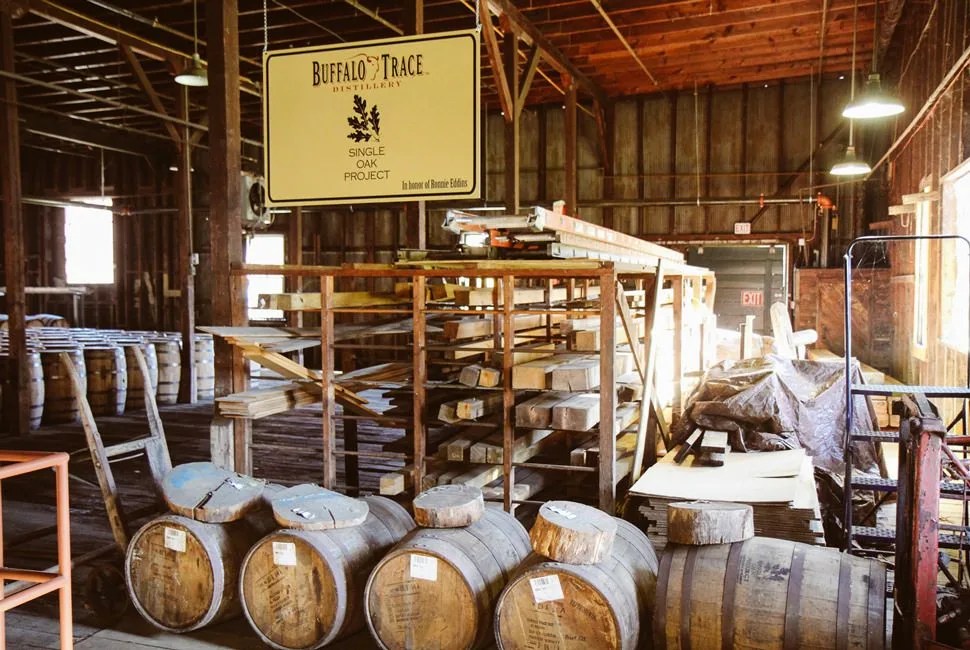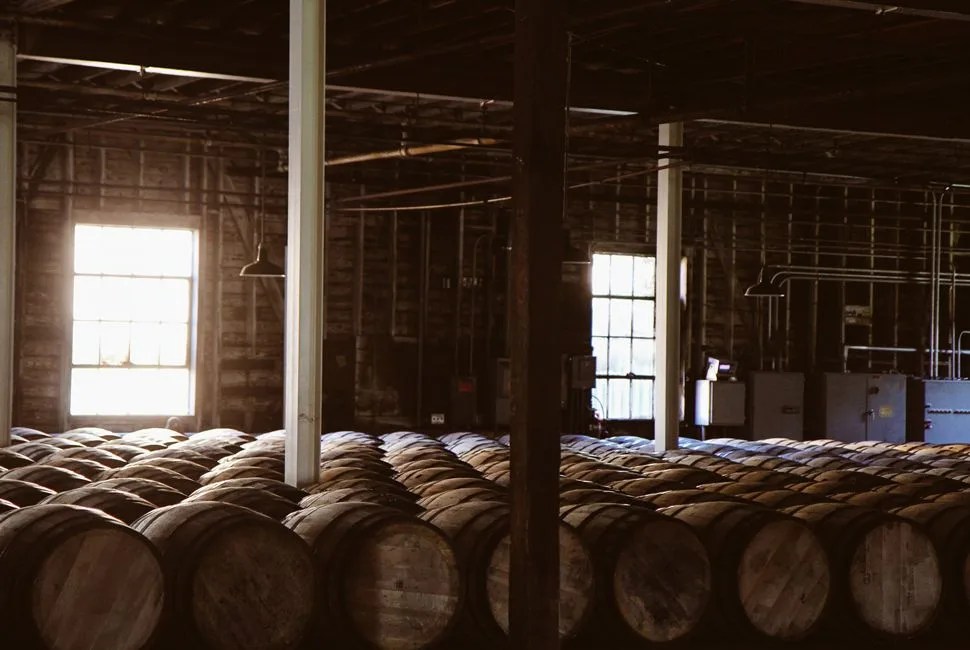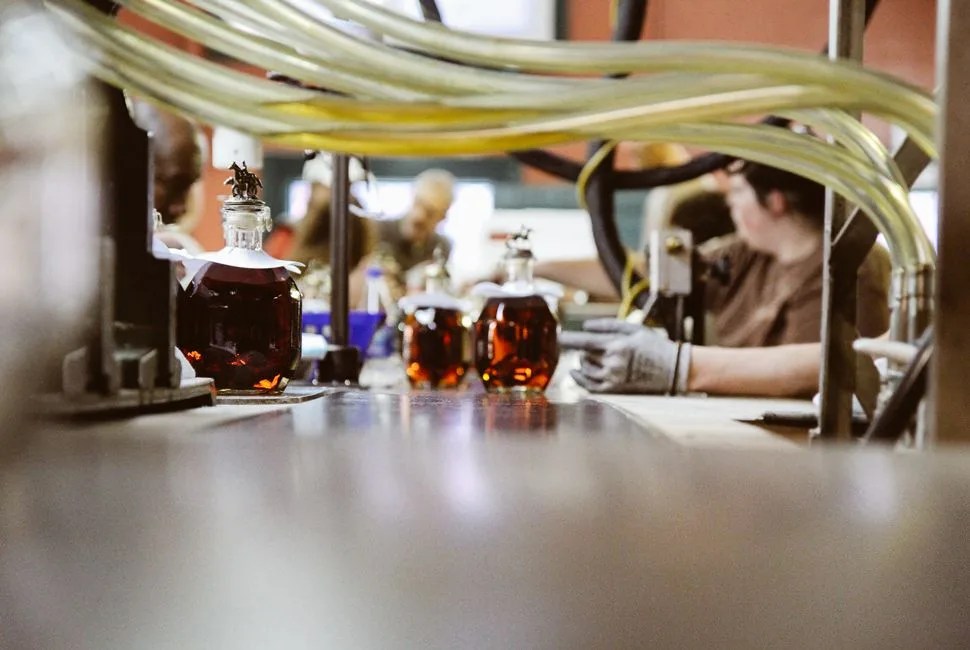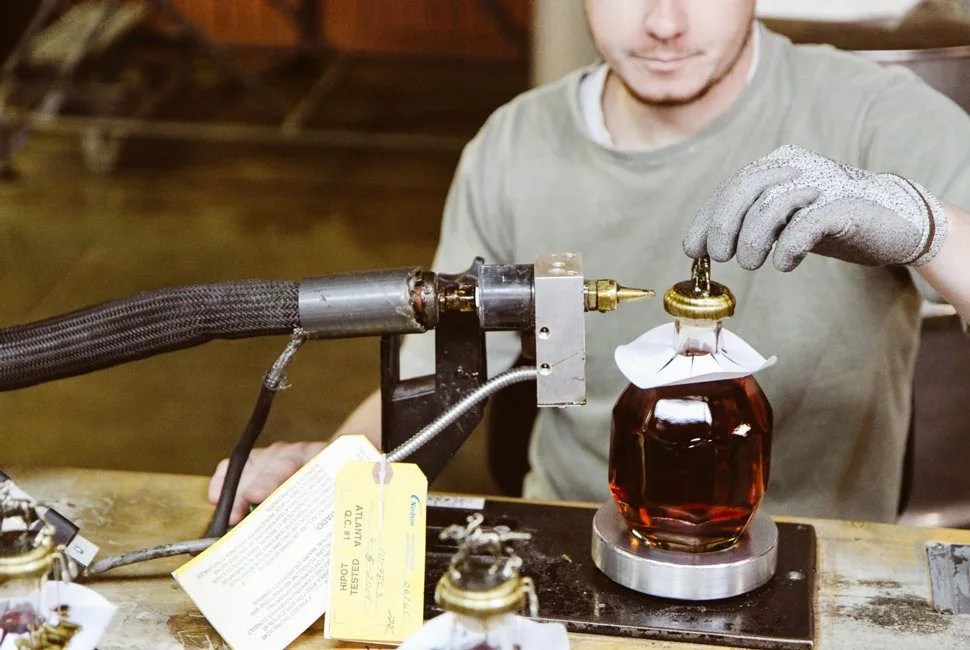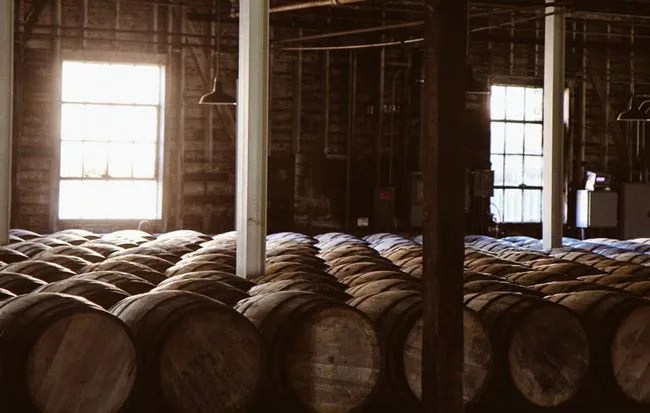20 photos
“Buffalo Trace is already making the bourbons of the future.” It sounded bold until we stopped to think about it. Whiskey has to age before it can qualify as bourbon, so technically, every distiller is making “the bourbons of the future” today. Our guide, Freddy Johnson, wasn’t trying to set Buffalo Trace apart from the competition with his words. Still, after we spent an afternoon learning about the company’s quest to make the world’s perfect bourbon, his phrasing seemed prophetic.
Johnson is a third-generation employee of Buffalo Trace. His grandfather worked there for 52 years under Colonel Blanton. His father worked for 47 years with the late Elmer T. Lee. A blown-up photo of his dad is shown on most tours, and Johnson pointed it out with pride. “At 94 years old he was the only living person to work at this distillery that personally touched every millionth barrel that’s ever come through here”, he said. Johnson’s a relatively new employee compared to the rest of the family. “I’ve been here for about 13 years, keeping a promise that I made to my father and my grand dad over 35 years ago.” Still, he’d been exploring the grounds since the age of five. Over the course of a few hours, we learned that there wasn’t much Johnson didn’t know about the company.
Most people understand that aging whiskey is where a lot of the magic happens. But what exactly is going on inside the barrel, and why white oak is the wood of choice, is harder to figure. “White oak has a special property called Tylosis. It actually inhibits alcohol molecules from passing straight through the wood,” Johnson explained. “When the whiskey warms up inside the barrel, the molecules expand, just like a two-liter soda bottle when it gets hot. The pressure is so great in the barrel that it pushes whiskey out into the grain of the wood, through the char. And when it does that, because the water molecules are smaller than your alcohol molecules, it actually pushes some water out through the grain of the wood. So that’s your Angel’s Share.” Resistance to leaking is one reason why the use of white oak is dictated by law in the production of bourbon. The other is flavor.
“The movement of whiskey in and out of the wood is a crucial element to its flavor. The alcohol molecules are trapped in the wood and it breaks down the saps and resins. And so when the whiskey travels back the other way, either when it cools down or when the pressure changes, it pulls those flavors from the sap and the resin and the color from the char back into the barrel.” Though the class of wood shares a few common characteristics, like most things in nature, no two oak trees are ever truly alike. “A truck comes in with a load of barrels. They were all made at the same time. They’ve all got the same char. They put the same whiskey in those barrels. You put the whiskey right next to each other in the same warehouse. You come back seven years later and the whiskey is different.”

“A white oak tree is to bourbon what a grape vine is to wine, what peat is to scotch.”

